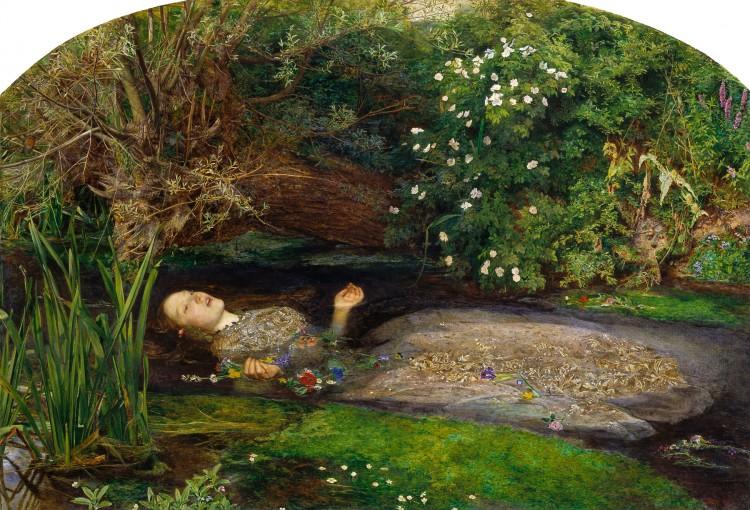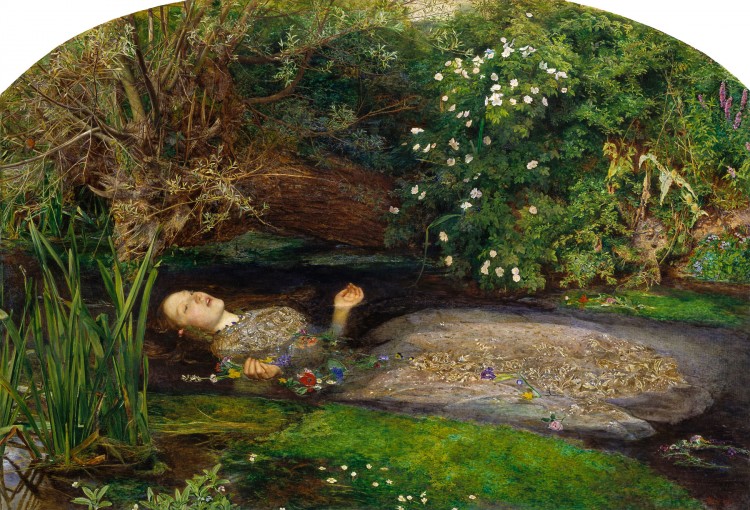Classic Art Wins Against Modern in an Experiment
Members of the public don’t seem to like looking at modern art or installations and prefer the classics, according to an experiment conducted at the Tate Britain by Philip Hensher, an art critic for MailOnline.com.
|Updated:





